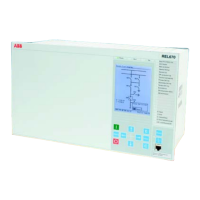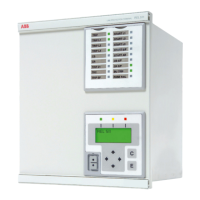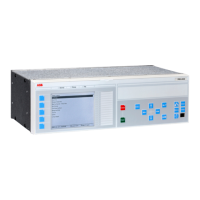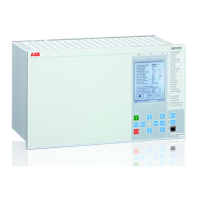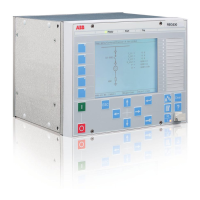Diesel engines should have reverse power protection. The generator will take about
15% of its rated power or more from the system. A stiff engine may require
perhaps 25% of the rated power to motor it. An engine that is well run in might
need no more than 5%. It is necessary to obtain information from the engine
manufacturer and to measure the reverse power during commissioning.
Gas turbines usually do not require reverse power protection.
Figure
283 illustrates the reverse power protection with underpower IED and with
overpower IED. The underpower IED gives a higher margin and should provide
better dependability. On the other hand, the risk for unwanted operation
immediately after synchronization may be higher. One should set the underpower
IED to trip if the active power from the generator is less than about 2%. One
should set the overpower IED to trip if the power flow from the network to the
generator is higher than 1%.
Underpower IED
Overpower IED
Q Q
P P
Operating point
without
turbine torque
Margin Margin
Operate
Line
Operate
Line
Operating point
without
turbine torque
IEC06000315-2-en.vsd
IEC06000315 V2 EN-US
Figure 283: Reverse power protection with underpower IED and overpower
IED
9.12.3 Setting guidelines
SEMOD172150-4 v7
GlobalBaseSel: Selects the global base value group used by the function to define
IBase, UBase and SBase as applicable.
Operation: With the parameter Operation the function can be set On/Off.
Mode: The voltage and current used for the power measurement. The setting
possibilities are shown in table
41.
Section 9 1MRK 506 369-UEN B
Current protection
522 Line distance protection REL670 2.2 IEC
Application manual
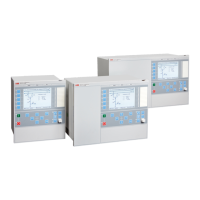
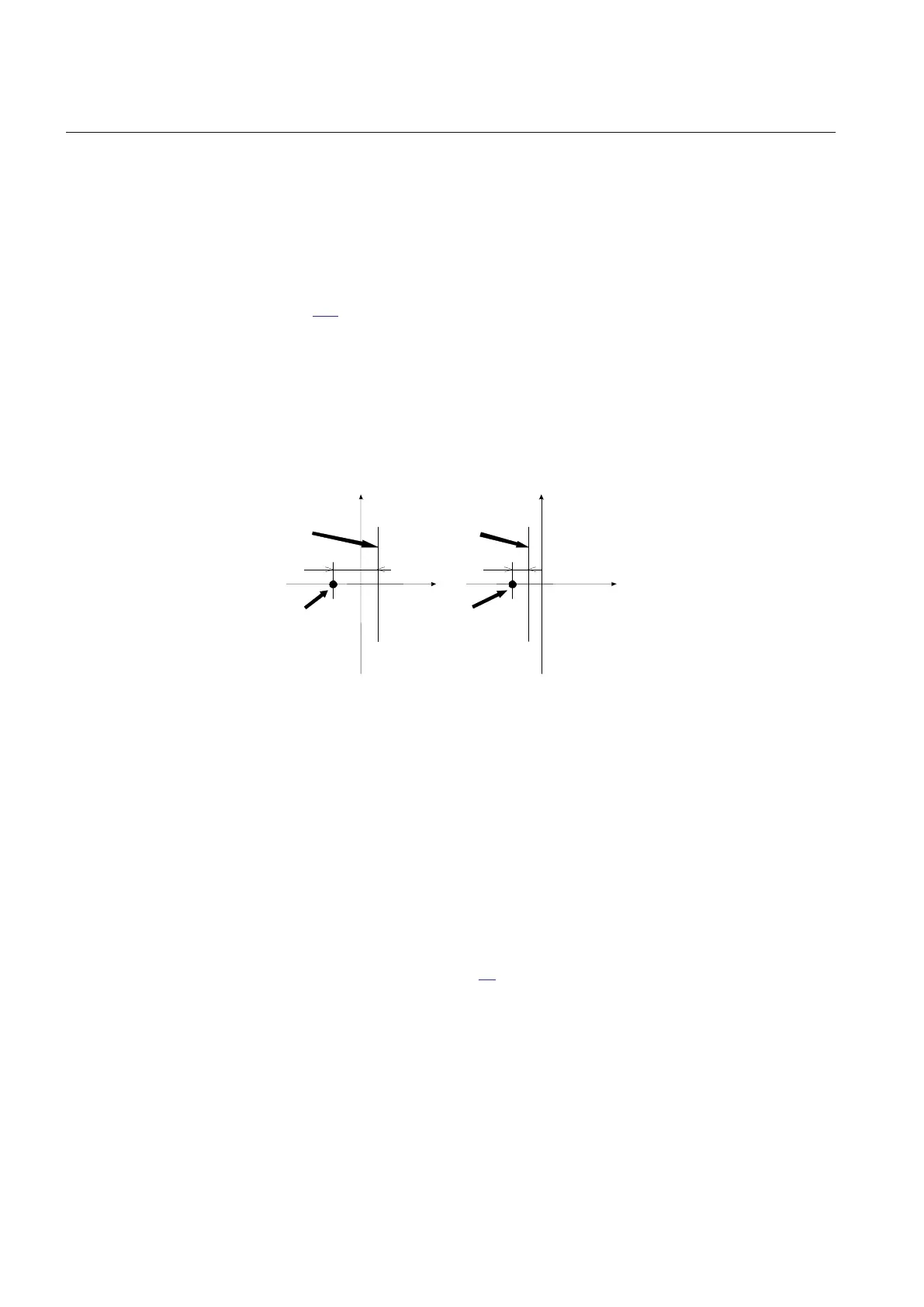